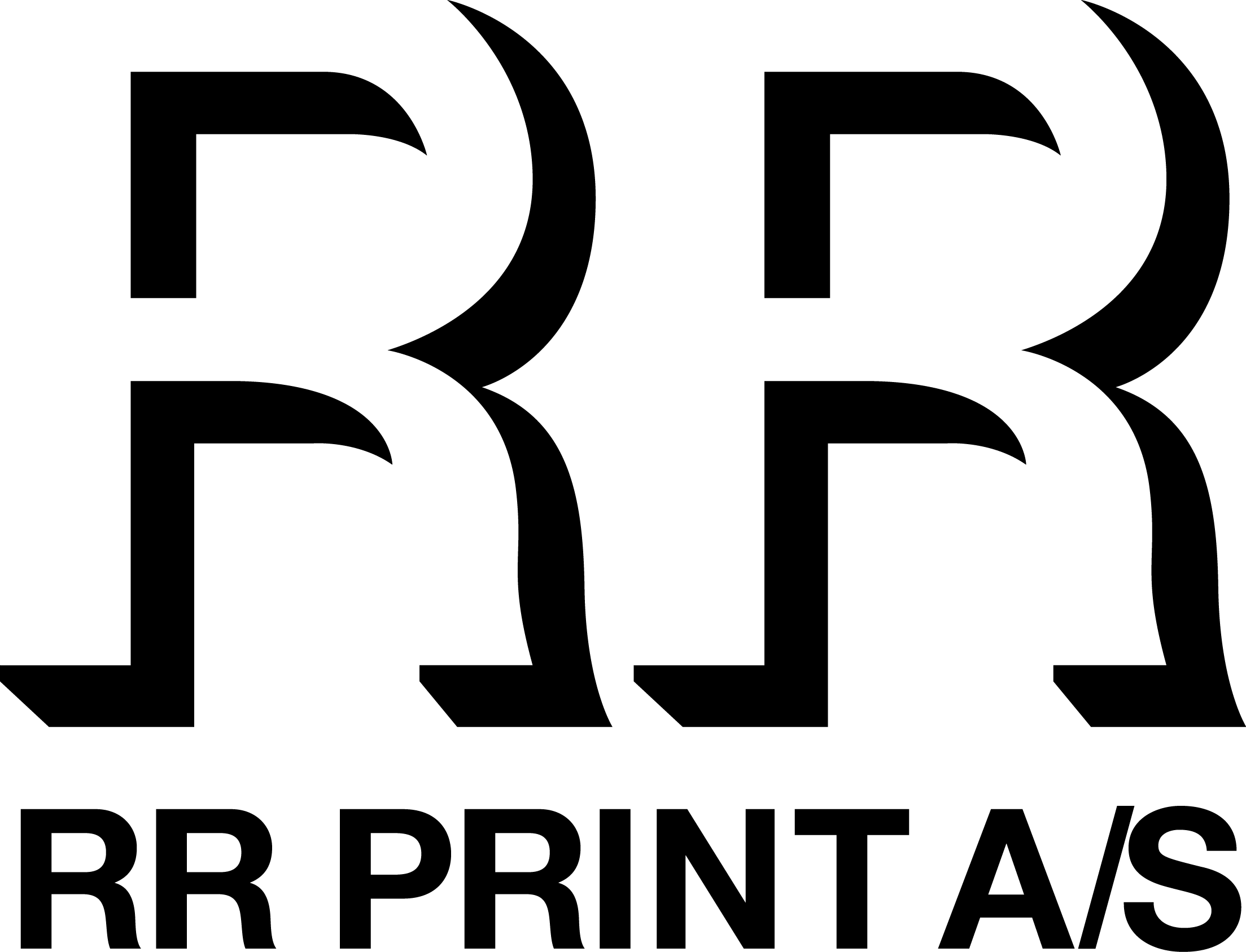Flexo printing is changing.
Every year we’re seeing a rise in complexity, volumes, and short lead-time jobs. With this rise in complexity comes increased reliance on multiple spot colours and half-tones, each requiring multiple anilox changes.
Each changeover brings new potential for errors, waste and unnecessary costs, and in this landscape, protecting margins, reducing waste, and operating efficiently are more important than ever.
While you could spend millions on the best equipment, factories, and people to simplify your printing – the fact remains: there’s an easier way of doing things that also helps to cut the costs.
Whether you’ve invested in digital press technology, are running the latest flexo press, or are using seven colour process printing; if you’re interested in reducing wasted time, materials, or energy – then Monolox Printing could be for you.
Pioneered by Pulse Roll Label Products, this process works with the high-strength PureTone® ink range and a bespoke mixing database to let converters install a Monolox while still producing any imaginable spot colour. This saves time otherwise spent choosing the right roll for each job, as well as the associated press downtime. It takes variability out of the process, making printing more efficient and unlocking closed loop colour management for everyone.
The result of these benefits is a level of control and consistency unparalleled elsewhere in the narrow web and label industries. As the label printing industry looks to enhance quality and efficiency, a process that lets converters cut out variability in anilox selection offers myriad benefits.
Monolox Fixed Anilox Printing is made possible by the unique chemistry behind PureTone. Unlike other inks on the market, PureTone’s high-strength, single-pigment formulation means it is both strong and balanced enough to create any colour with one anilox volume.
These characteristics also mean PureTone requires a lower coating weight and offers low migration performance, significantly speeding up printing time and remaining consistent run to run.
Additionally, with so many brands focused on using bold, vibrant colours, PureTone makes it easy to achieve a Delta E of less than 2.
The use of a bespoke mixing database means users of Monolox Fixed Anilox Printing can use PureTone’s flexibility to print half and full tones using one plate, with all the information they need for instant colour matching. With colour matching simplified, it’s easier to reduce ink wastage, introducing the added benefit of making your printing operations more environmentally friendly.
This database is designed around using 800 LPI X 3.87 BCM/314 LCM X 3.87 BCM/ 800 LPI x 6 micron anilox, which Pulse Roll Label Products recommends for all spot colours (except wine stock, due to absorption).
In fact, due to its high strength, using PureTone mean less ink is needed in Monolox Fixed Anilox Printing to achieve bold, bright tones – with potential ink consumption up to 30% lower than other ranges.
The high strength of PureTone also means it is easy to overcome the sometimes challenging transition from digital to flexo printing. When used with calibration software, the ink provides stellar consistency between runs and repeatability across different print methods, making it simple to scale jobs throughout the transition period.
Monolox Fixed Anilox Printing makes it easy to reduce downtime, minimise mistakes, and make printing stand out in the modern crowded landscape. Easy to implement – often in less than a week – put simply it helps printers achieve more with less. Pulse Roll Label Products’ technical team will guide you through the switch to a fixed system, and recommend specific anilox to best fit your needs.
Just one anilox, ink set, and mixing database: all the tools you need to supercharge your label printing.

